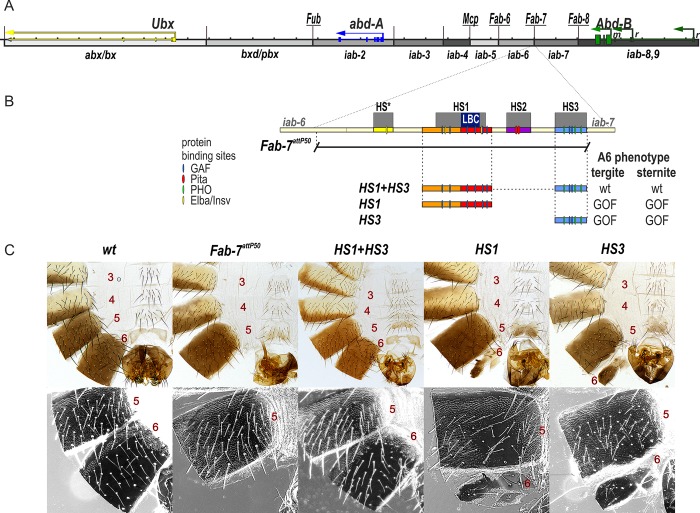Fig 1. HS1 alone is not sufficient for boundary function.
(A) Map of the bithorax complex showing the location of the three homeotic genes and the parasegment-specific regulatory domains. (B) Map of Fab-7 region showing the four hypersensitive sites, HS*, HS1, HS2, and HS3. The locations of recognition motifs for proteins known to be associated with Fab-7 are indicated. Replacement fragments are shown below the map, with a summary of their cuticle (tergite and sternite) phenotypes. (C) Bright field (top) and dark field (bottom) images of cuticles prepared from wild type (wt), Fab-7attP50 (replacement platform), HS1+HS3, HS1, and HS3 male flies. In wild type adult males, segment A7 (PS12) is absent. Segments A6 (PS11) and A5 (PS10) can be distinguished from each other by the characteristic morphological features of their sternites and tergites. The A6 sternite has a banana shape and is devoid of bristles. By contrast, the A5 sternite has a quadrilateral shape and is covered in bristles. The A6 tergite only has trichomes along the anterior and ventral edges, while the entire A5 tergite is typically covered in trichomes (though there can be some small internal patches that lack trichomes or have a reduced number of trichomes). In Fab7attP50 males, A6 (PS11) is transformed into a duplicate copy of A7 (PS12), and in adults, both segment A7 and segment A6 are absent. It is thought that in the absence of both the Fab-7 boundary (HS*+HS1+HS2) and the HS3 iab-7 PRE, the iab-6 initiator ectopically activates iab-7 in all PS11 cells. As noted in the text, this complete GOF transformation is not observed in Fab-7 boundary deletions that retain the HS3 iab-7 PRE. In these mutants, iab-6 is sometime silenced by iab-7. In this case, iab-5 drives Abd-B expression in PS11. LOF phenotypes can also be observed when Fab-7 is replaced by an “incompatible” boundary like scs or su(Hw) [35] that does not support bypass. The HS1+HS3 replacement resembles wild type. In contrast, the HS1 and HS3 replacements have a strong GOF transformation. The sternite is absent, while the tergite is markedly reduced in size. In the case of HS1, the residual tergite seems to be properly specified in that extraneous trichomes do not appear to be present, while extraneous trichomes are observed for the HS3 replacement, indicating a LOF transformation. Coordinates of the various replacements are listed in Materials and Methods.

